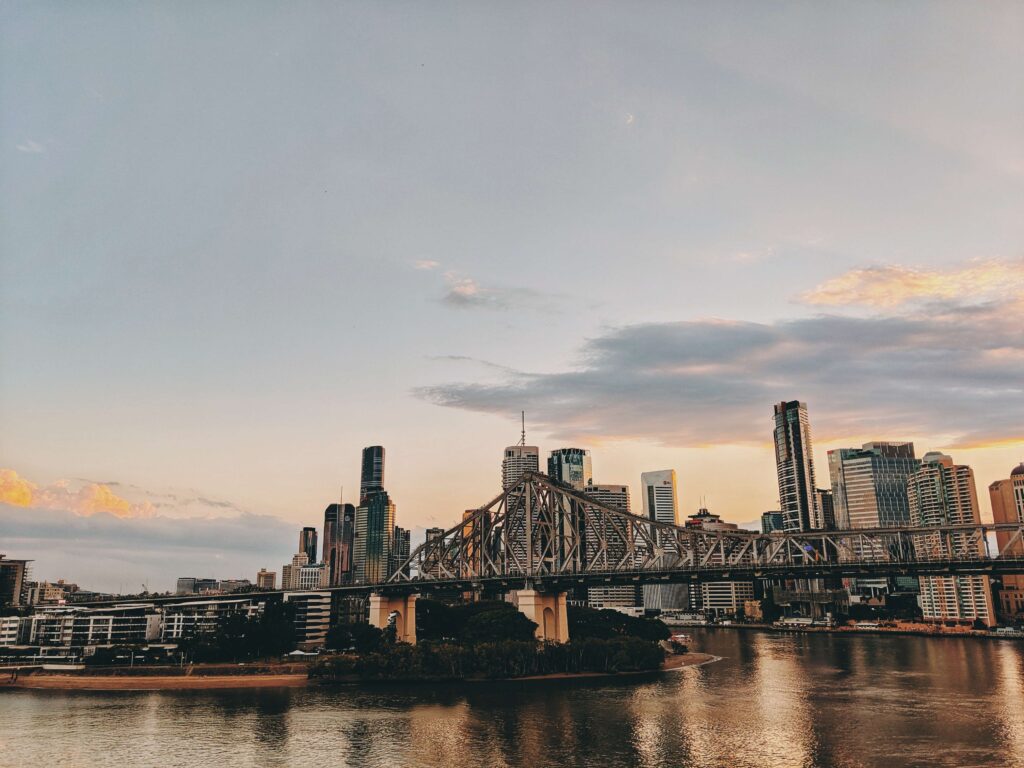The Culture and Religion of Australia

Before Europeans came ashore, Aboriginal clans in northern Sydney existed in total harmony with their environment – all the resources necessary for living a full and satisfying existence were abundantly available to them.
Australia was unprotected against the deadly diseases brought over by sailors and convicts, which decimated its population while simultaneously wiping away their culture. Subsequently, new leaders instituted policies restricting immigration from people of European origin.
Table of Contents
Geography
Australia is the world’s flattest continent and, with the exception of Antarctica, one of its driest. Its coastal lowlands are separated by vast deserts while its eastern highlands contain numerous plateaux and mountains, including the Great Dividing Range, as well as fertile grasslands.
Northern Australia experiences tropical climates, with hot temperatures and distinct wet and dry seasons. Tropical forests give way to temperate forests in the northeast before merging into grasslands and woodlands that cover much of Central Australia.
The Great Artesian Basin, one of the world’s largest groundwater resources, supplies most Australian rivers. To the east lies Tasmania – with borders located along New South Wales, Queensland and Great Dividing Range in between; remaining borders lie to Indonesia, Papua New Guinea, Vanuatu and Solomon Islands in the north; New Zealand in the southeast.
Culture
Australia’s culture is diverse and vibrant. Australians tend to be laid-back yet friendly people who appreciate fairness, equality and loyalty – values epitomized by mateship as friendship that includes mutual obligations to assist one another.
Aussies are avid sports fans, from rugby league and AFL (Australian Rules football), cricket and motor sport racing being highly revered sports disciplines. Attending live sporting events is truly unforgettable experience and should not be missed!
Australian classical musicians and composers draw upon a wide range of influences when crafting classical works. Ranging from Aboriginal and Southeast Asian music to American jazz/blues to belatedly discovering European atonality, these artists have formed a vibrant new wave of Australian classical music.
Language
Australia has long been home to immigrants of many ethnic origins, which has resulted in its language being an eclectic mixture. More than 20% of Australians speak a language other than English at home – including many Aboriginal tongues.
Many indigenous languages are shifting towards becoming agglutinative and using l-vocalisation, with syllable structure changes caused by using the sound /a:/ to represent certain sounds; most prominently seen in South Australia.
Australians tend to abbreviate and use slang words frequently, which may make their speech difficult for newcomers to comprehend at first. For instance, dunny refers to an outdoor toilet while “esky” refers to an insulated container used for keeping food or drinks cool and cold.
Religion
Religion is an integral component of Australian culture. Many public holidays celebrate religious events, while church services take place all across Australia. Religious institutions play an active role in education, aged care and charities; most notably Catholic institutions – with numerous schools run by religious orders like those associated with St Joseph of the Sacred Heart or Mary MacKillop being canonised as saints by Roman Catholic Church – being especially prominent.
Australian Christians have seen their numbers decrease over recent years, from 96.1% in the 2021 Census to 43.9% today. Australia’s ethnically diverse population contributes to its diverse religious landscape which are all protected under its Constitution.
History
Australia was formed as an independent nation in 1901 through a federation of six separate British colonies. Since then, Australia has emerged as an advanced economy with international sporting achievements to its credit.
Australian territory had long been home to indigenous Aboriginals who populated it over millennia before Captain Arthur Phillip arrived with the First Fleet on 25 January 1788 with Botany Bay as their destination. By then it is estimated there were between 250,000 and 500,000 Aboriginals residing on that part of Australia.
Since the late 1800s, Australia’s population has experienced rapid expansion. Driven by gold rushes and agricultural industries, its economy flourished. World War I saw Australia contribute hundreds of thousands of soldiers – many killed at Gallipoli – towards the Allied effort and this helped establish an overwhelming sense of national identity among Australians.


